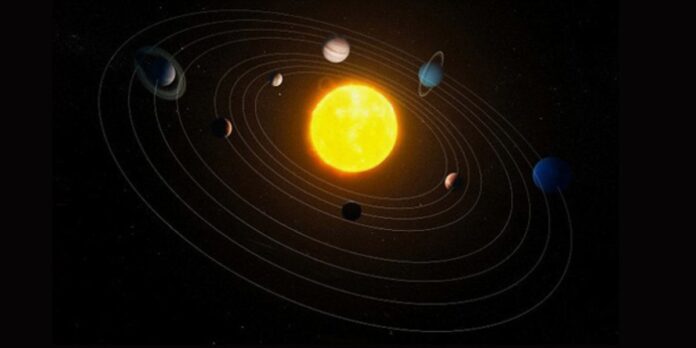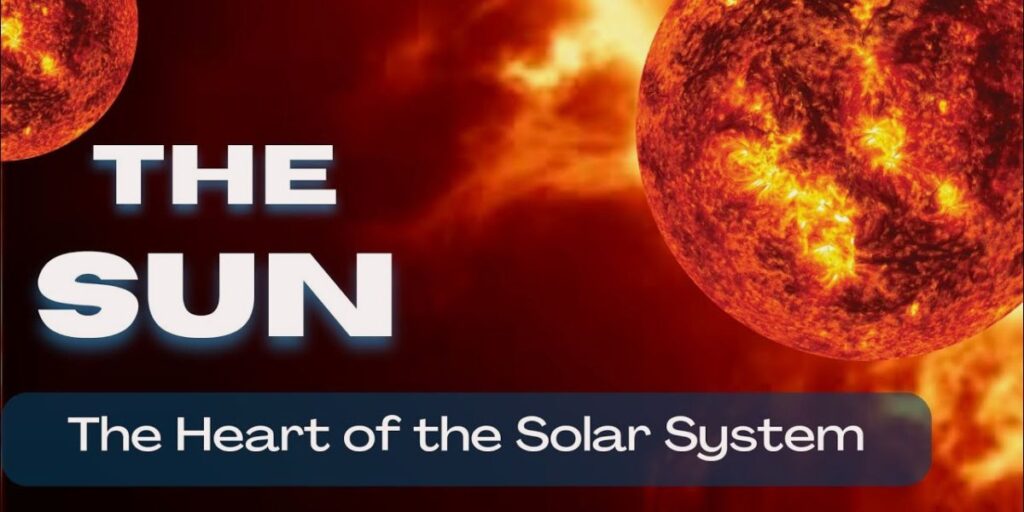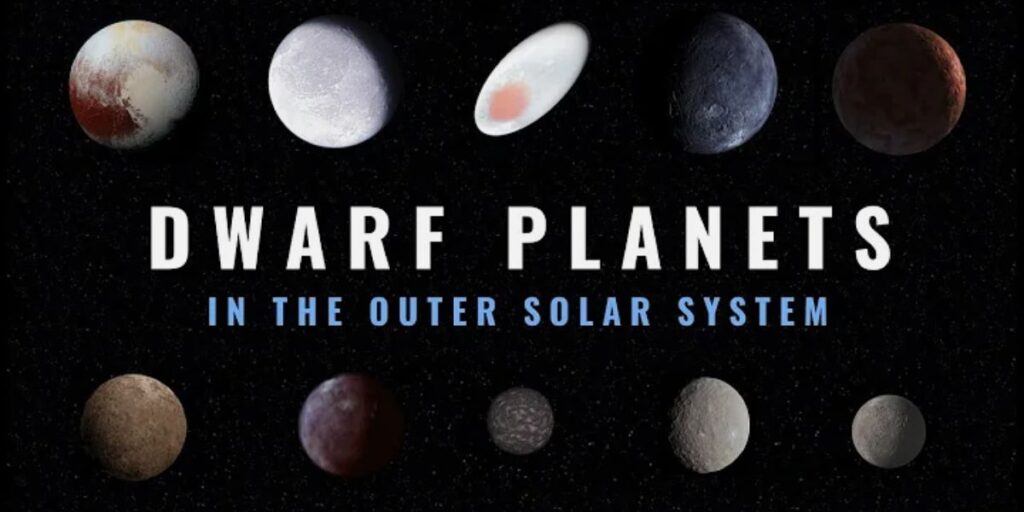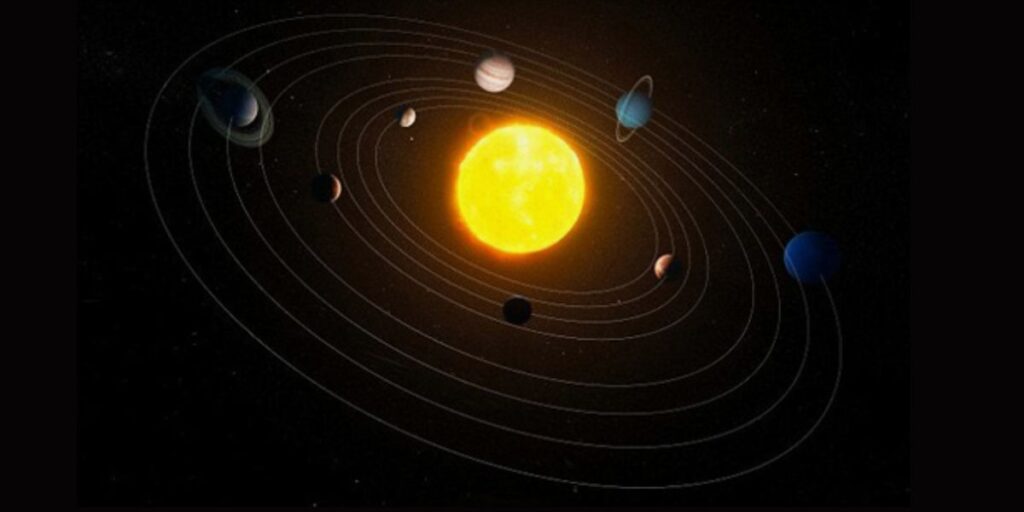The solar system, our celestial neighborhood, is a vast and complex region filled with diverse objects ranging from planets and moons to comets and asteroids. The study of the solar system not only helps us understand our place in the universe but also provides insights into the formation and evolution of planetary systems. This article delves into the structure, components, and fascinating features of the solar system.
The Sun: The Heart of the Solar System
At the center of the solar system lies the Sun, a massive star that accounts for more than 99% of the system’s total mass. The Sun is a gigantic ball of hydrogen and helium undergoing nuclear fusion. A process that produces the energy and light that sustain life on Earth. It is classified as a G-type main-sequence star, or a G dwarf, and is roughly 4.6 billion years old.
The Sun’s gravitational pull is the force that keeps the entire solar system in orbit. Without the Sun, the planets, moons, asteroids, and comets would drift away into the void of space. The energy emitted by the Sun also drives weather patterns, ocean currents, and even the very processes of life on Earth.
The Planets: Major Players in the Solar System
The solar system contains eight planets, each unique in its composition, atmosphere, and potential for hosting life. These planets can be broadly classified into two categories: terrestrial (rocky) planets and gas giants.
Terrestrial Planets:
The four innermost planets—Mercury, Venus, Earth, and Mars—are known as terrestrial planets. These planets have solid, rocky surfaces and are relatively small in size.
- Mercury: The closest planet to the Sun, Mercury has a very thin atmosphere, causing extreme temperature fluctuations. It’s a barren world, heavily cratered like our Moon.
- Venus: Often called Earth’s sister planet due to its similar size and composition. Venus has a thick atmosphere dominated by carbon dioxide. Resulting in a runaway greenhouse effect that makes it the hottest planet in the solar system.
- Earth: The third planet from the Sun and the only known planet to support life, Earth has a diverse environment with liquid water. A stable climate, and a protective atmosphere rich in nitrogen and oxygen.
- Mars: Known as the Red Planet due to its iron oxide-rich surface. Mars has polar ice caps, a thin atmosphere, and signs of ancient water flows. Making it a prime candidate for future exploration and possibly human colonization.
Gas Giants:
The four outer planets—Jupiter, Saturn, Uranus, and Neptune—are classified as gas giants (with Uranus and Neptune sometimes referred to as ice giants due to their higher concentrations of water, ammonia, and methane).
- Jupiter: The largest planet in the solar system, Jupiter is a massive gas giant with a strong magnetic field and over 79 moons. Its atmosphere is characterized by swirling clouds, storms, and the Great Red Spot, a gigantic storm that has raged for centuries.
- Saturn: Known for its stunning ring system, Saturn is composed mostly of hydrogen and helium. Its rings are made up of ice and rock particles, and it has over 80 moons, including Titan, which has lakes of liquid methane.
- Uranus: Uranus is an ice giant with a distinct bluish color due to methane in its atmosphere. It rotates on its side, making its axial tilt unique among the planets. It has a faint ring system and 27 known moons.
- Neptune: The farthest planet from the Sun, Neptune is another ice giant with strong winds and storms in its atmosphere. It is known for its deep blue color and has 14 known moons, with Triton being the largest.
Dwarf Planets and Small Solar System Bodies
In addition to the eight major planets, the solar system is home to five recognized dwarf planets: Pluto, Eris, Haumea, Makemake, and Ceres. Dwarf planets share many characteristics with the larger planets but do not clear their orbital path of other debris.
- Pluto: Once considered the ninth planet, Pluto is now classified as a dwarf planet. It has a complex and active surface with ice mountains, glaciers, and a thin atmosphere.
- Ceres: The only dwarf planet located in the asteroid belt between Mars and Jupiter, Ceres has a rocky core and an icy surface. It is also the smallest dwarf planet.
The solar system also includes countless small bodies, such as asteroids, comets, and meteoroids. The asteroid belt, located between Mars and Jupiter, contains millions of rocky objects that vary in size. Some asteroids, like Vesta and Pallas, are large enough to be considered protoplanets.
Comets are icy bodies that originate from the distant Oort Cloud and Kuiper Belt. When a comet approaches the Sun, the heat causes its icy nucleus to vaporize. Forming a glowing coma and tail that can stretch for millions of miles.
The Kuiper Belt and the Oort cloud
Beyond the orbit of Neptune lies the Kuiper Belt, a region filled with icy bodies and dwarf planets. The Kuiper Belt is home to Pluto, Haumea, and Makemake, as well as many other small objects. This region is considered the edge of the solar system’s planetary zone.
Farther out, at the very edge of the solar system, is the Oort Cloud. A theoretical spherical shell of icy objects that surrounds the solar system at a distance of up to 100,000 astronomical units (AU) from the Sun. The Oort Cloud is believed to be the source of long-period comets that take thousands of years to orbit the Sun.
The Future of Solar System Exploration
Humanity’s exploration of the solar system began with the launch of the first space probes in the mid-20th century. And it continues today with missions to Mars, the outer planets, and beyond. The study of the solar system not only helps us understand the origins and evolution of planets but also drives technological advancements and inspires the next generation of scientists and explorers.
As we look to the future, missions like NASA’s Artemis program aim to return humans to the Moon and eventually send them to Mars. The European Space Agency’s (ESA) planned exploration of the icy moons of Jupiter. Promise to expand our understanding of the solar system. The search for life on other planets, the study of asteroids and comets. And the exploration of distant dwarf planets will continue to reveal the secrets of our cosmic neighborhood.
Conclusion:
In conclusion, the solar system is a vast and dynamic region filled with diverse objects that offer endless opportunities for exploration and discovery. From the scorching surface of Mercury to the icy plains of Pluto. Each celestial body tells a part of the story of how our solar system came to be and how it continues to evolve. The study of the solar system not only satisfies our curiosity about the cosmos but also helps us understand the processes that shape planetary systems throughout the universe.





